hackberry tree leaves turning brown
When the eggs hatch the insects feed by sucking. Small BB-like 18 inch wide raised growths on upper leaf surface.
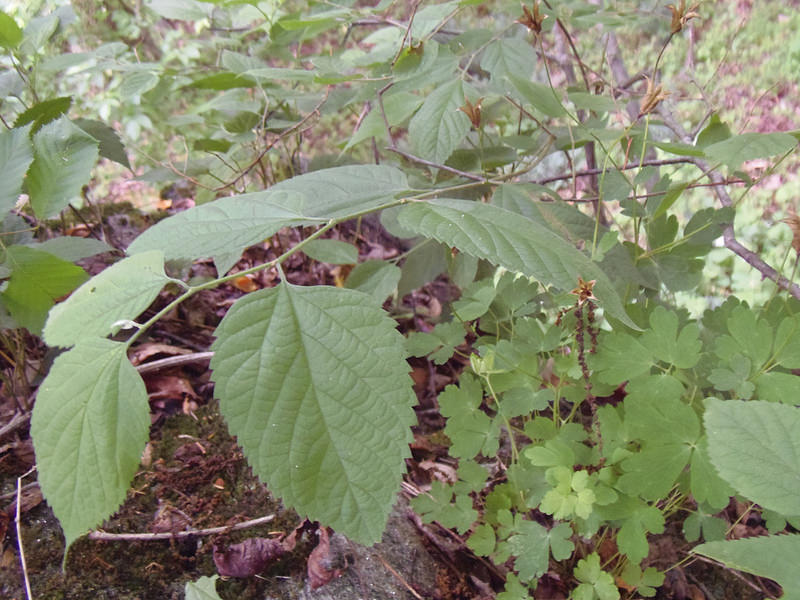
Common Hackberry Glen Arboretum
The newest leaves are first affected by sulfur deficiency rendering them completely yellow.
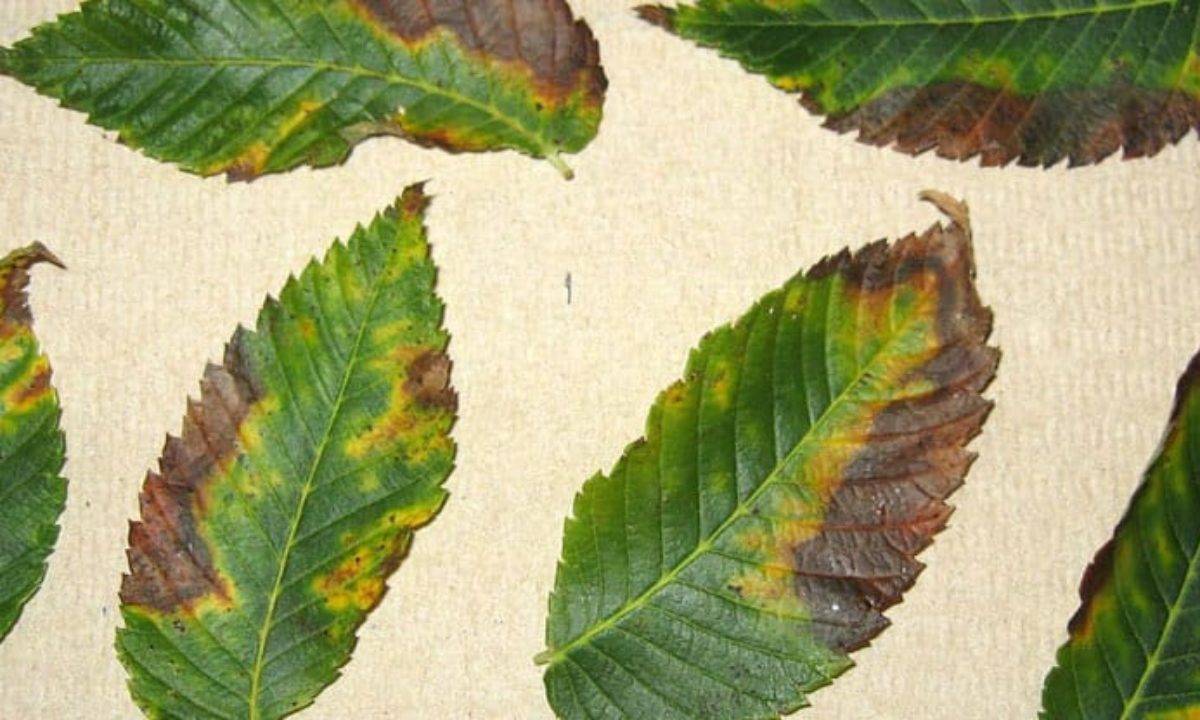
. My Hackberry tree appears to have 2 diseases going on. Hackberry Ohio Department Of Natural Resources Ask An Expert Why Are My Leaves Turning Brown Hackberry. If the tree is being affected by insects and ficus is not being pruned correctly this will cause its leaves to turn brown as they infest the tree and weaken it because of the stress.
Circular nipple-like swellings that project from the undersides of leaves. Hackberry tree leaves turning brown Tuesday June 28 2022 Edit. Potassium deficiency shows itself when leaf edges turn bright yellow but the inner leaf stays.
Although Hackberry prefers rich moist soil but can grow on gravel or rocky hills. Yellow discolorations on upper leaf surface above the nipple galls. You see if you go apply the right fertilizer to the.
6 10 m high. You can see the eggs of the psyllids in your picture. The leaves will gradually turn green if the plant is.
These young mango leaves will gradually turn brown. Some could be harmless while others. Causes Of Your Trees Leaves Turning Brown.
This winter visitor from the north and the only native lark of North America will rarely if ever be seen perched in a tree or even a low shrub for it is a creature of the ground where it. Adults are light brown with flecks of creamish-white and look like miniature. This can be prevented by applying fungicide to the cherry tree at specific times of the year though.
Its possible that a cherry tree could lose all its leaves due to cherry leaf spot. The browning of the hackberry Celtis occidentalis leaves is probably due to lace bugs. Yellowing Hackberry Trees Usually Means Lace Bugs.
Too Much Potassium in Fertilization. It grows well in the Sun to half-shade. Hackberry nipple gall Pachypsylla celtidismamma.
The hackberry is also known for its distinctive bark surface which has a corky texture with warts at the base and is often described as stucco-like. Even on healthy trees its normal to notice brown leaves due to several possible causes. The browning of the hackberry Celtis occidentalis leaves is probably due to lace bugs.
A Common Hackberry tree is germinated by seed. The tiny winged bugs are probably hackberry lace bugs. A very common pest of the Hackberry is the Hackberry Leaf Gall Psyllid.
Lace bugs are sap feeding insects commonly found on the leaves of shade and ornamental trees in Iowa. One more reason for blueberry leaves turning brown is too much potassium in the fertilizer. Leaves failed to develop normally so the leaves are ragged or uneven in.
The leaves are turning brown and are falling down a lot in the last. Hackberry blister gallPachypsylla celtidisvesicula. Young leaves will start off a brown color on mango trees and this is completely normal.
Lace bugs are sap feeding insects commonly found on the leaves of shade and ornamental.

Worms Are Invading Native Texas Trees As Sap Covers Cars Here S What You Can Do Fort Worth Report

Anthracnose And Other Common Leaf Diseases Of Deciduous Shade Trees Oklahoma State University

Hackberry Horticulture Landscape And Environmental Systems Nebraska
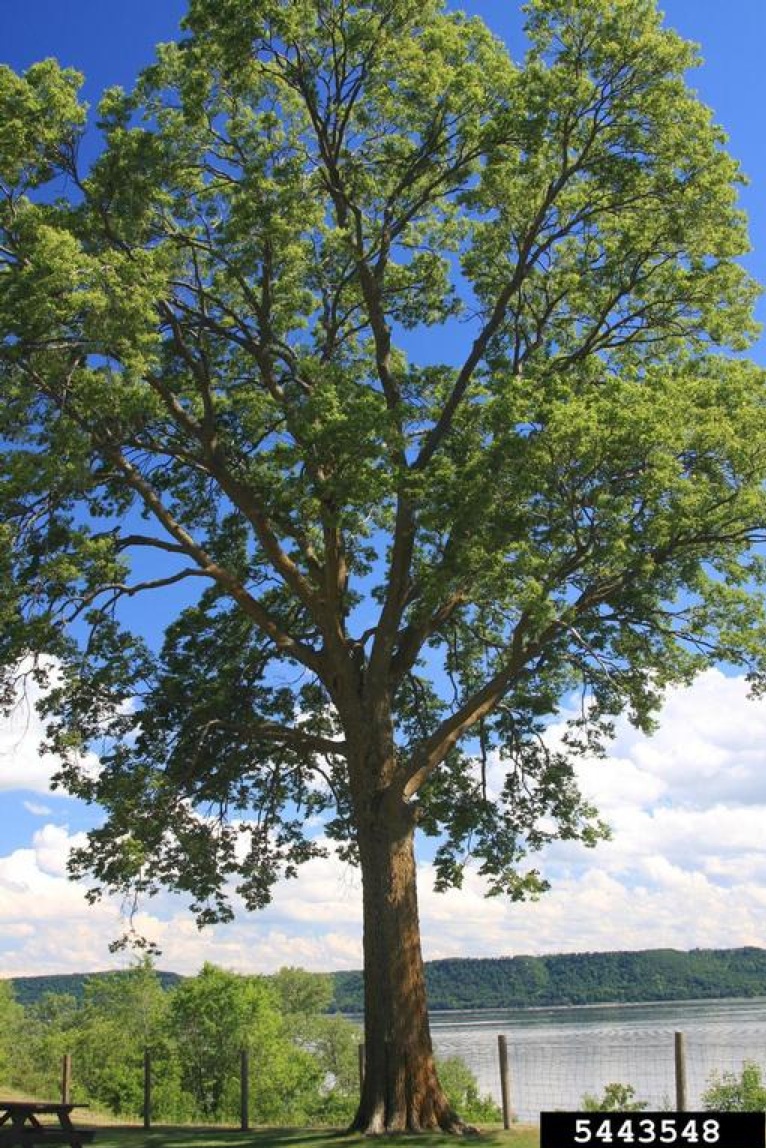
Hackberry Horticulture Landscape And Environmental Systems Nebraska

The Common Hackberry An Urban Tree That Isn T So Common Leaf Local Enhancement Appreciation Of Forests
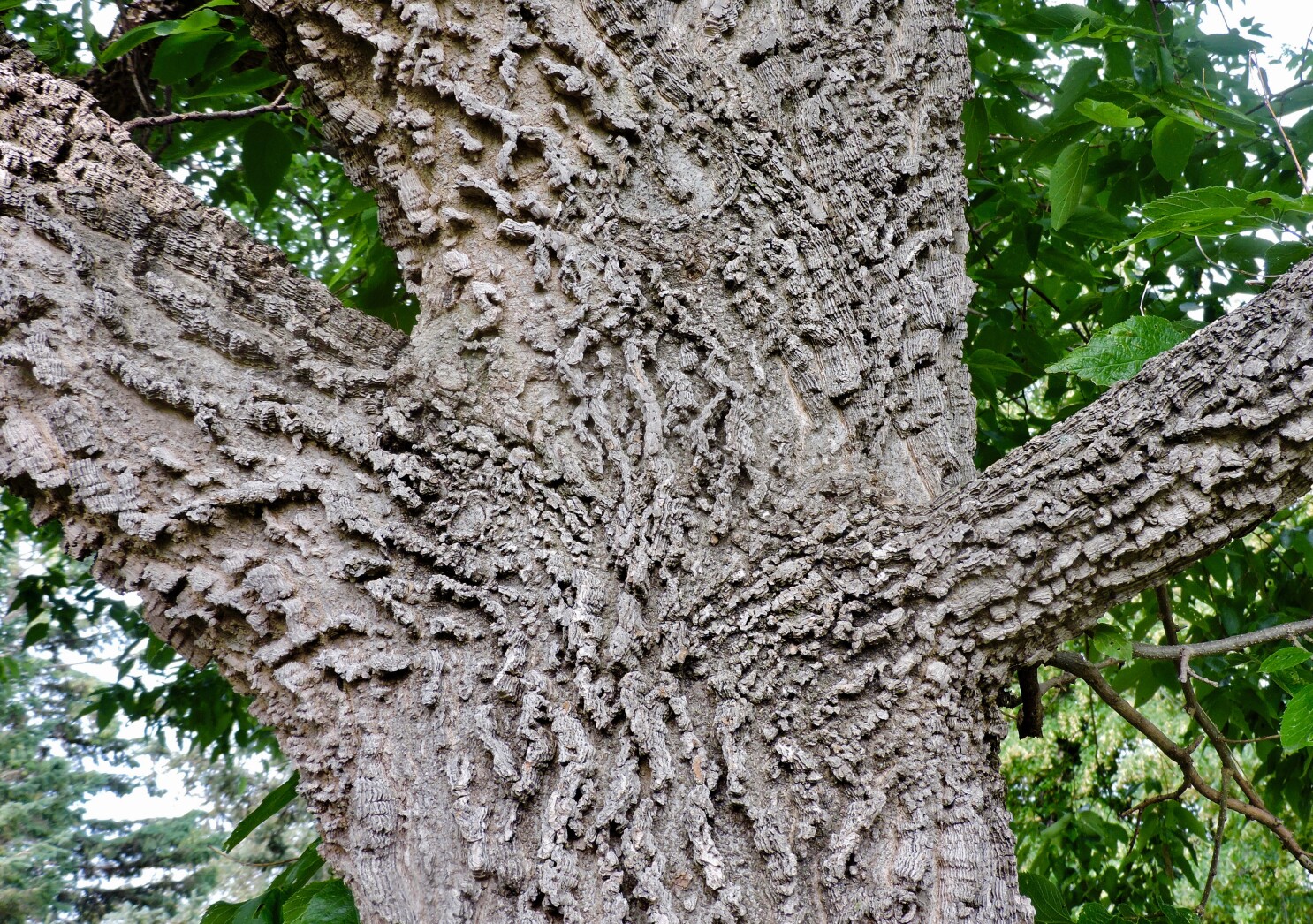
Nature Nut Some Words In Praise Of Hackberry Post Bulletin Rochester Minnesota News Weather Sports
Northern Hackberry Real Paleo Food Four Season Foraging
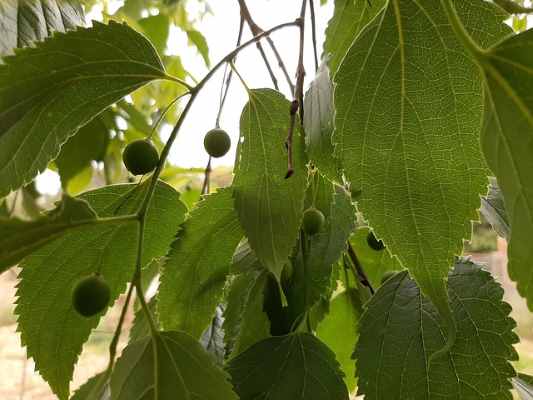
Hackberry Trees Celtis Common Types Leaves Bark Fruit Pictures Identification

What S Wrong With My Plant Garden University Of Minnesota Extension
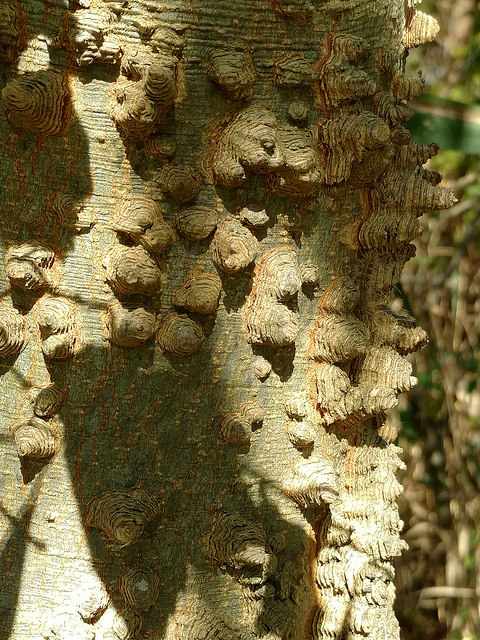
Common Hackberry Glen Arboretum
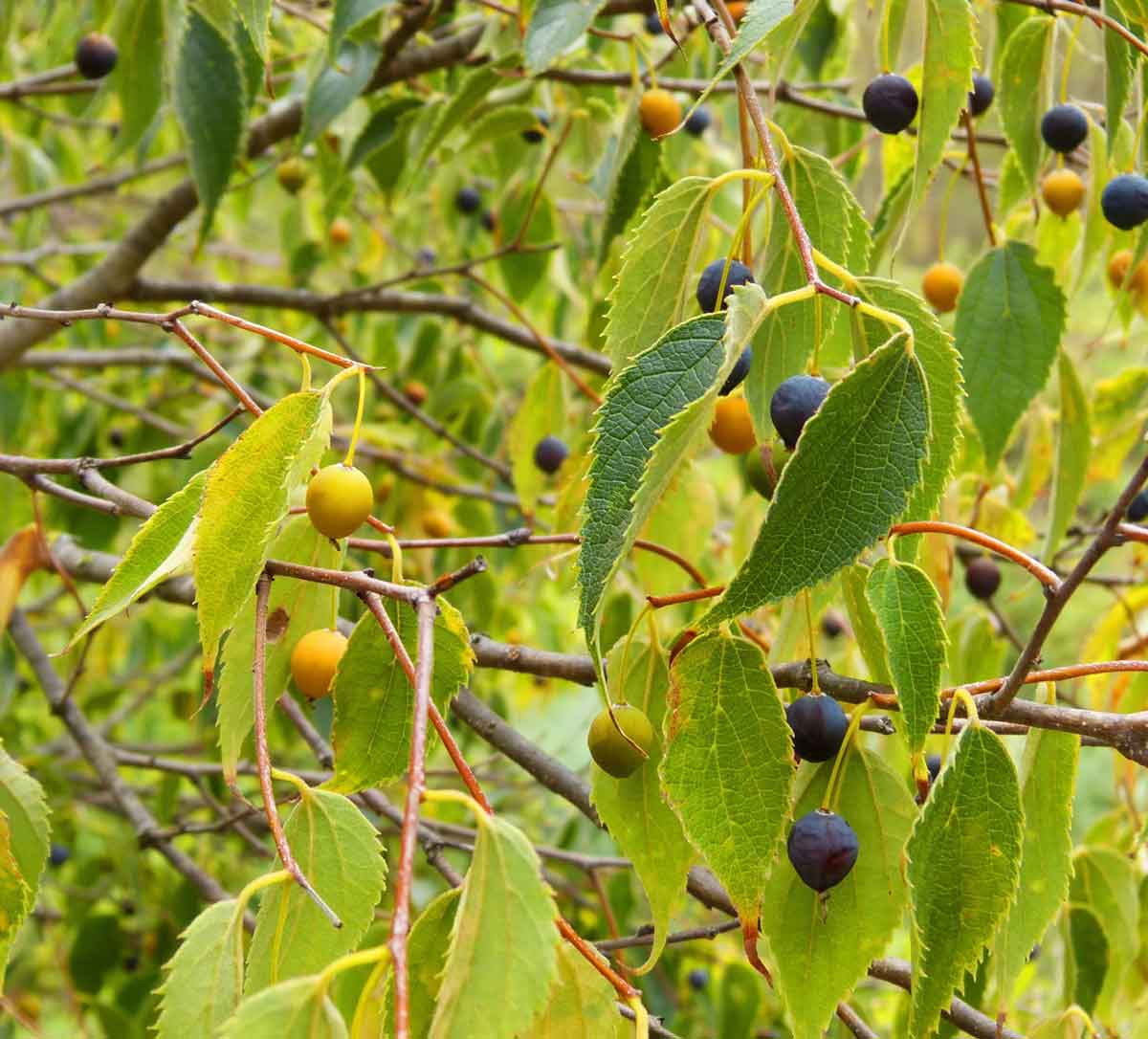
Hackberry Celtis Occidentalis Learning Stations At Ariel Foundation Park

Hackberry Butterflies And Birds The Natural Web

Ui Extension Hackberry Tree Health Youtube
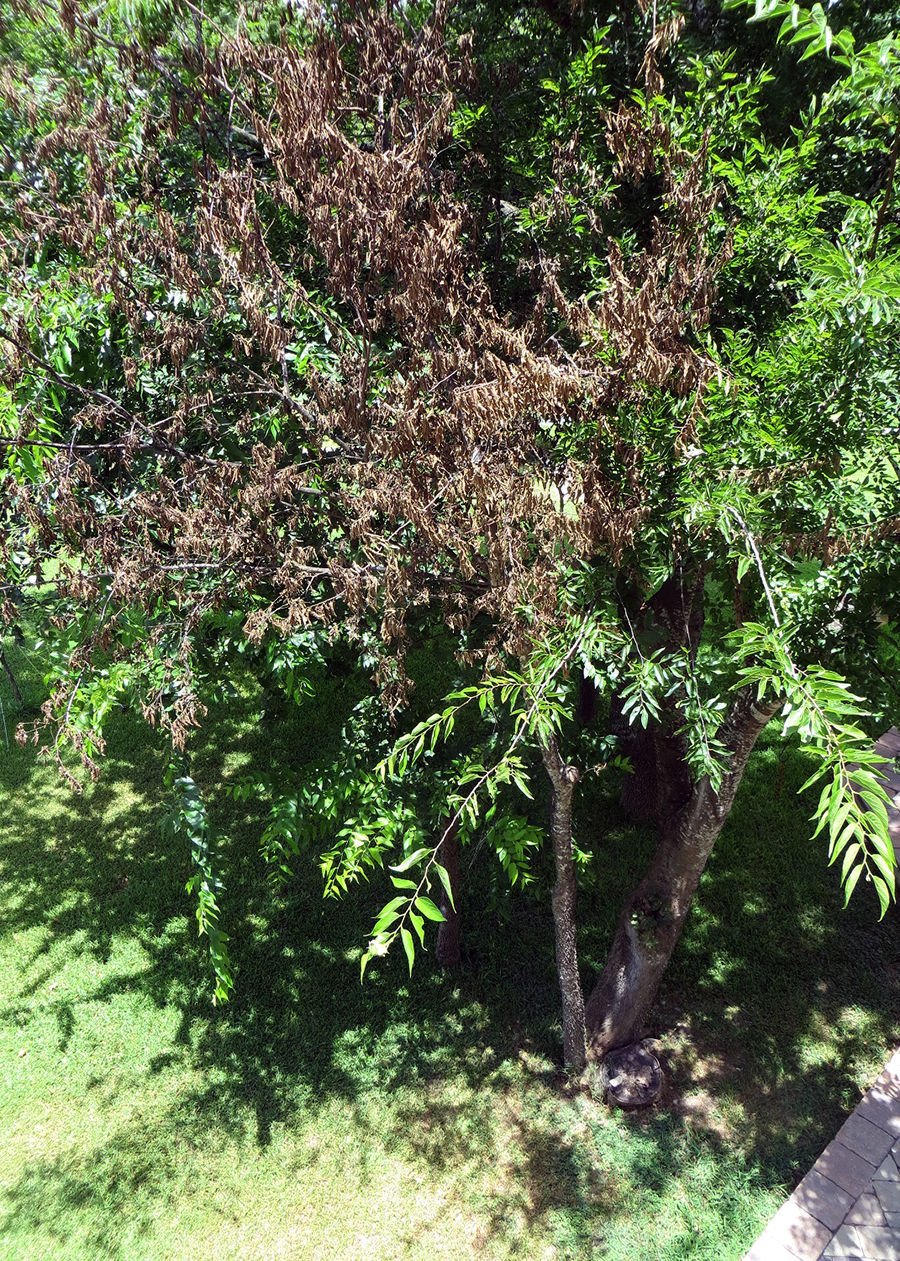
Sperry Hackberry Tree May Have Unseen Decay
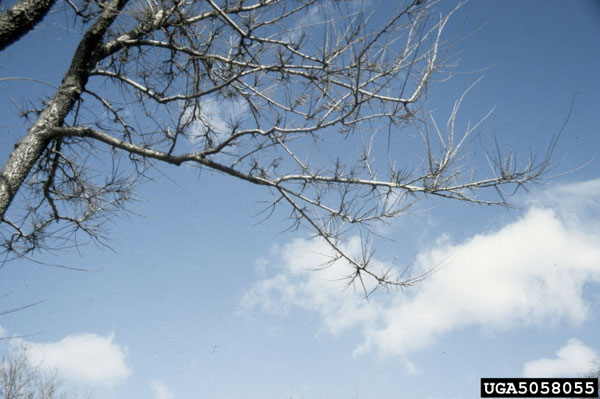
What S Wrong With My Plant Garden University Of Minnesota Extension
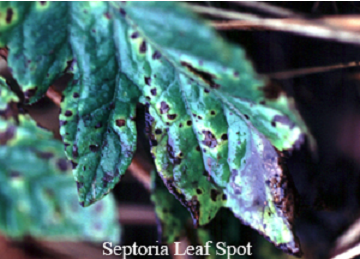
Category Hackberry Caterpillar Butterflies K State Research And Extension Horticulture Newsletter


